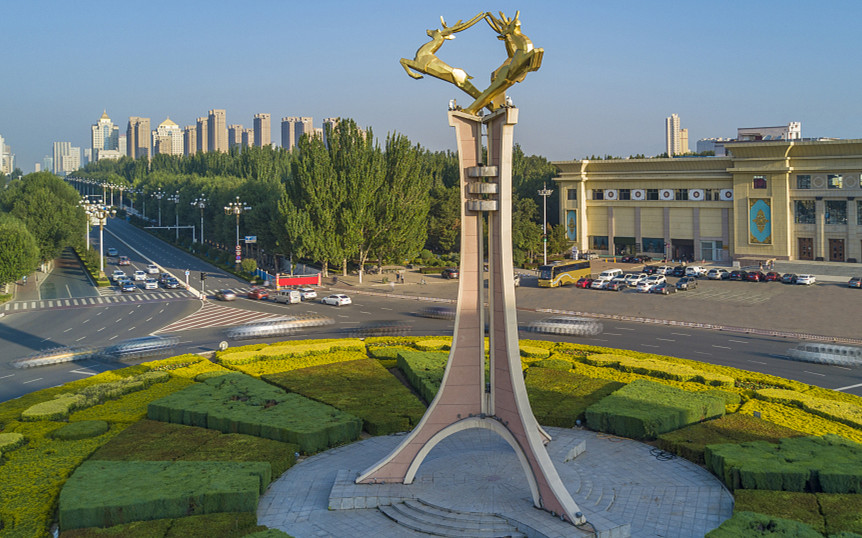Cultural relics at Baotou Museum, a gem of history
April 18 marks International Museum Day. Baotou Museum, founded in December 1998, is a national second-class museum. It is a comprehensive museum that displays human cultural heritage and the civilization development process.
The following are four grade-one cultural relics displayed at the museum.
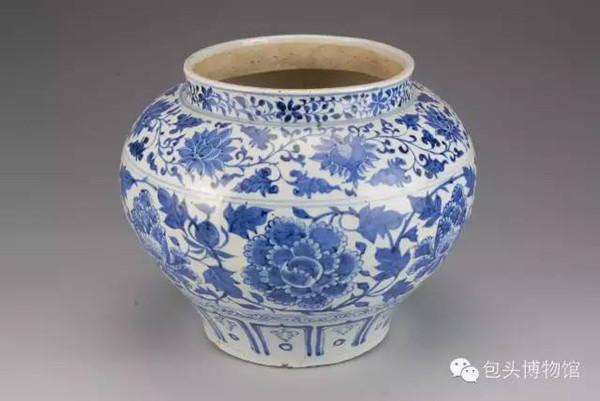
The blue and white porcelain with branches and peony pattern, from the Yuan Dynasty (1271-1368). [Photo/WeChat account of Baotou Museum]
The blue and white porcelain was collected from the ruins of Yanjiliang in Jiuyuan district. Blue and white porcelain is one of the mainstream varieties of Chinese porcelain. At the same time, blue and white porcelain is one of the typical varieties of Chinese porcelain, mainly exported to Southeast Asia, the Middle East, and other places, so its domestic existence is minimal. Therefore, this porcelain has become the treasure of the museum.
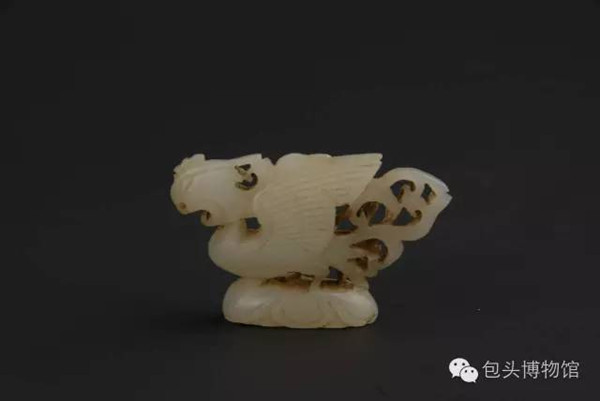
The jade crown-shaped phoenix bird from the Yuan Dynasty. [Photo/WeChat account of Baotou Museum]
The jade crown was discovered in Guyang county. In ancient China, jade was a significant tool for offering sacrifices to ancestors, a material representation of high power, and a funeral apparatus for embalming the dead.
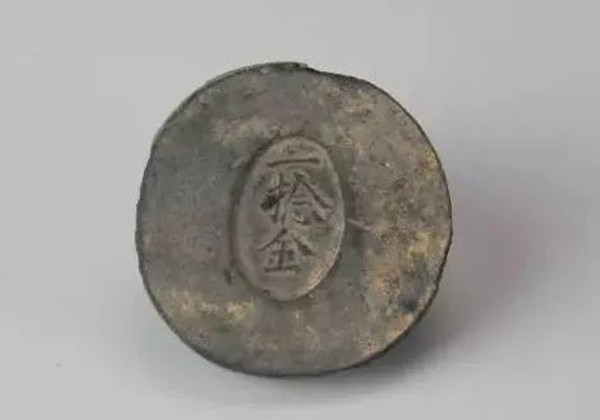
The cake-shaped ink with inscriptions is also from the Yuan Dynasty. [Photo/WeChat account of Baotou Museum]
The cake-shaped ink was unearthed in a tomb in Darhan Muminggan Joint Banner. The ancient ink is complex with good quality. According to historical records, the ancient imperial court had a system of giving ink to officials. It reflects the position of ink ingot in ancient official and social life.
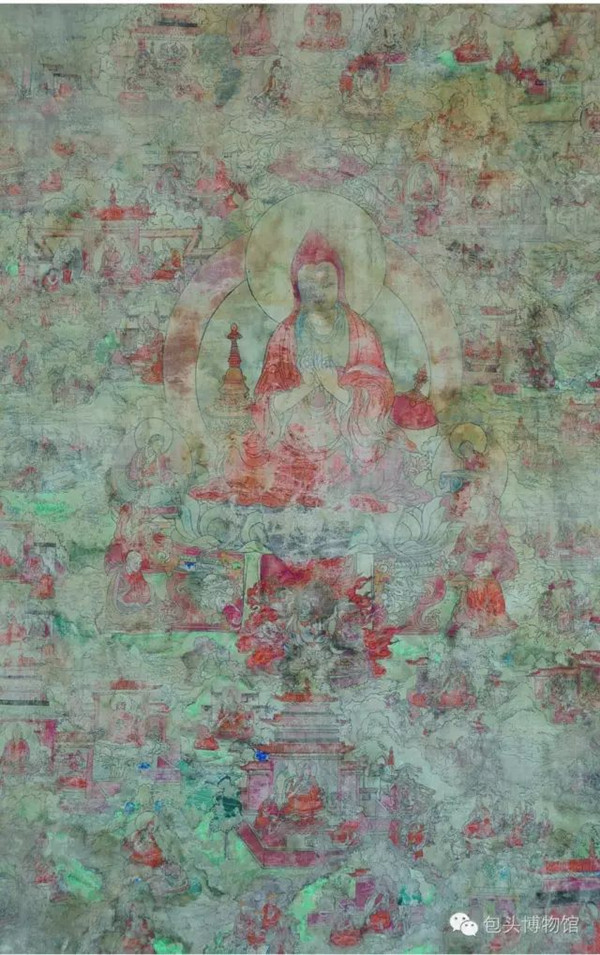
The drawing of Master Atisa from the Qing Dynasty (1644-1911). [Photo/WeChat account of Baotou Museum]
Atisa is an ancient Indian monk and Buddhist scientist. The drawing mainly depicts the story of the master of Atisa, who crossed the snowy mountains from ancient India and spread Buddhism in the snowy region.


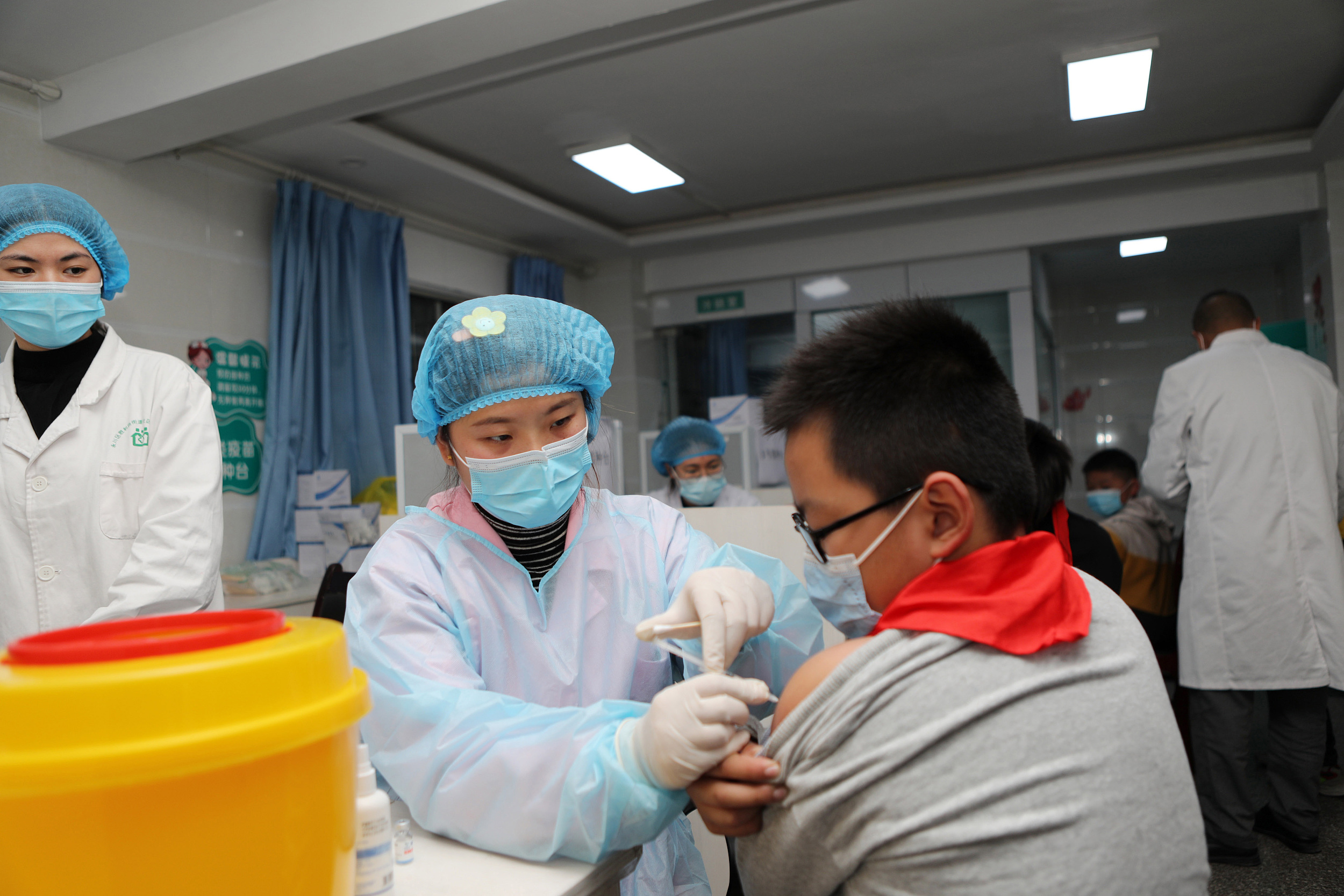

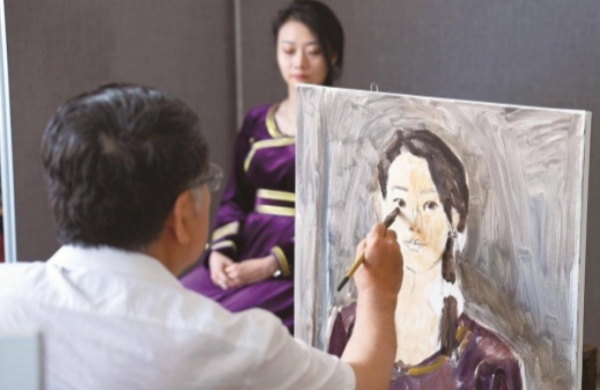
 Sketching and creation tour in Baotou
Sketching and creation tour in Baotou